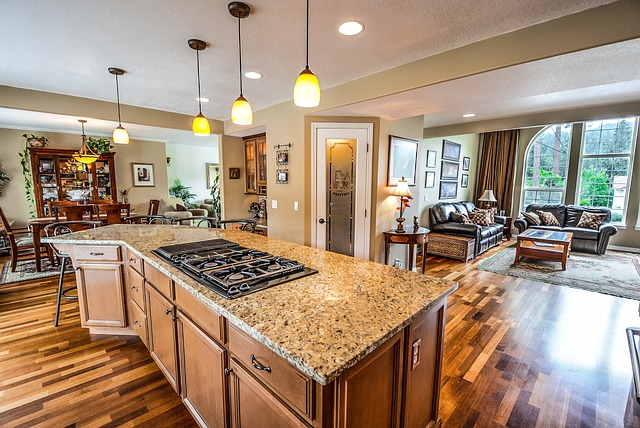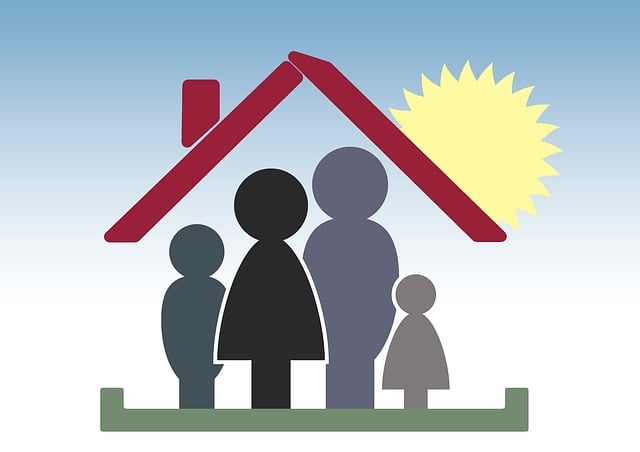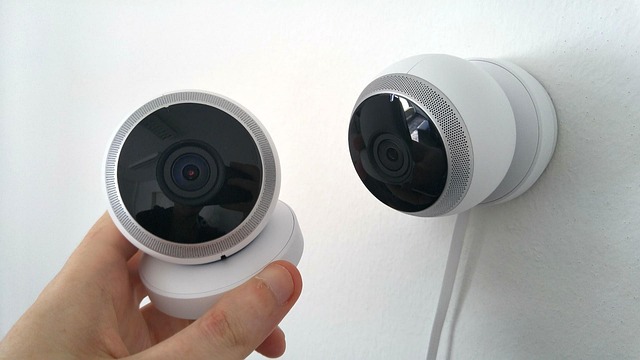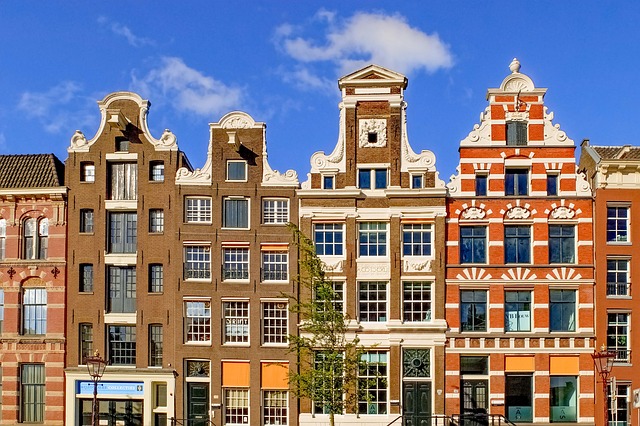Old homes, while rich in character, pose unique safety challenges due to their age and lack of modern features. To ensure old home protection, regular inspections by historic property specialists are essential. Targeted upgrades like replacing electrical panels, installing modern fire alarms, reinforcing structural integrity, addressing water damage vulnerabilities, and employing advanced security systems (from basic to cutting-edge) combine historical preservation with contemporary safety practices, enhancing occupant safety and facilitating emergency response accessibility.
In the realm of home ownership, classic or older residences offer a unique charm but come with distinct safety challenges. “Ensure Comprehensive Safety for Classic Homes” delves into the intricacies of safeguarding these vintage properties. We explore understanding the unique aspects of old home safety, conducting thorough assessments, implementing essential upgrades for structural integrity and fire prevention, protecting against water damage, and enhancing security measures tailored to these timeless structures. Discover practical tips for optimal old home protection.
- Understanding the Unique Challenges of Old Home Safety
- Conducting a Comprehensive Safety Assessment for Classic Homes
- Essential Upgrades for Structural Integrity and Fire Safety
- Protecting Against Water Damage: A Crucial Aspect of Old Home Maintenance
- Security Measures for Vintage Homes: From Basic to Advanced Systems
Understanding the Unique Challenges of Old Home Safety

Old homes hold a wealth of character and history, but they also come with unique safety challenges. Unlike newer constructions, classic homes often lack modern safety features such as up-to-date electrical wiring, fire suppression systems, and sturdy frames. These structural vulnerabilities can be exacerbated by age-related issues like rotting wood, fragile lead pipes, or outdated insulation. Additionally, the original design choices may not align with contemporary safety standards, creating potential hazards that require special attention.
To ensure old home protection, it’s crucial to approach renovation and maintenance with a keen awareness of these challenges. Regular inspections by professionals who specialize in historic properties can help identify vulnerabilities and recommend appropriate solutions. Upgrading certain aspects, such as replacing outdated electrical panels or installing modern fire alarms, not only enhances safety but also preserves the integrity of the home while respecting its historical value.
Conducting a Comprehensive Safety Assessment for Classic Homes

When it comes to classic homes, ensuring comprehensive safety is a multifaceted endeavor that requires careful consideration and expert knowledge. A thorough safety assessment is the first step in safeguarding these historical treasures while meeting modern safety standards. This involves meticulously inspecting every aspect of the structure, from structural integrity to fire prevention systems and electrical wiring. Special attention should be paid to older materials and methods, as they might not comply with current safety regulations.
A comprehensive assessment includes evaluating potential hazards, such as outdated insulation, lead-based paint, and faulty heating systems. It also involves assessing accessibility and safety features for occupants and emergency responders. By combining historical preservation expertise with modern safety practices, homeowners can effectively protect their old home while ensuring the well-being of everyone inside. This process is crucial in old home protection, enabling residents to enjoy their historic residences without compromising safety.
Essential Upgrades for Structural Integrity and Fire Safety

Old homes, while charming, may come with structural vulnerabilities that require attention for comprehensive safety. Essential upgrades for structural integrity and fire safety are crucial steps in ensuring old home protection. One critical aspect is reinforcing the structure to meet modern building codes, which often involve adding steel beams or bracings to support aging frameworks. This process not only strengthens the home against potential collapses but also enhances its overall stability.
Additionally, installing modern fire-resistant materials and electrical systems is paramount. Upgrading outdated wiring with state-of-the-art electrical panels can prevent short circuits and fires. Fireproof insulation and smoke detectors are other vital components of old home protection, ensuring quick detection and response to any potential hazards. These upgrades significantly reduce the risk of structural damage or tragic losses from fires in classic homes.
Protecting Against Water Damage: A Crucial Aspect of Old Home Maintenance

Protecting against water damage is a crucial aspect of maintaining an old home. These structures often lack modern water management systems, making them more susceptible to leaks and seeps that can cause significant structural damage and foster mold growth. Regular inspection and maintenance are key; check for any signs of moisture intrusion, such as stains on walls or ceilings, peeling paint, or musty odors. Addressing these issues promptly prevents the need for costly repairs later.
Old homes also benefit from installation or upgrades to water-resistant materials and barriers. This includes replacing old or damaged roofs, windows, and doors with modern, weatherproof alternatives, as well as installing gutter guards to prevent clogs that can lead to foundation problems. Additionally, consider adding a waterproof membrane or coating to vulnerable areas like basements and attics to create an extra layer of defense against water intrusion.
Security Measures for Vintage Homes: From Basic to Advanced Systems

In the realm of old home protection, security measures have evolved significantly over time, offering a range of options from basic to advanced systems. For vintage homes, a robust security system starts with simple yet effective mechanisms like sturdy door locks and reinforced windows. These fundamental components form the first line of defense against potential intruders.
Moving beyond basics, advanced home security systems for old homes integrate modern technology. This includes smart alarms that can be remotely monitored and controlled, motion sensors to detect unusual activity, and surveillance cameras offering round-the-clock visibility. Such sophisticated setups provide homeowners with peace of mind, ensuring their classic abodes are well-protected in today’s digital era.
Preserving a classic home requires a holistic approach to safety, addressing both structural integrity and unique historical challenges. By conducting thorough assessments, implementing essential upgrades, and adopting effective water damage prevention strategies, homeowners can ensure the longevity of these treasured properties. Additionally, integrating modern security systems tailored for vintage homes offers peace of mind while respecting their historic character. With dedicated care and informed decisions, old home protection becomes a sustainable endeavor, allowing these architectural gems to continue inspiring future generations.
